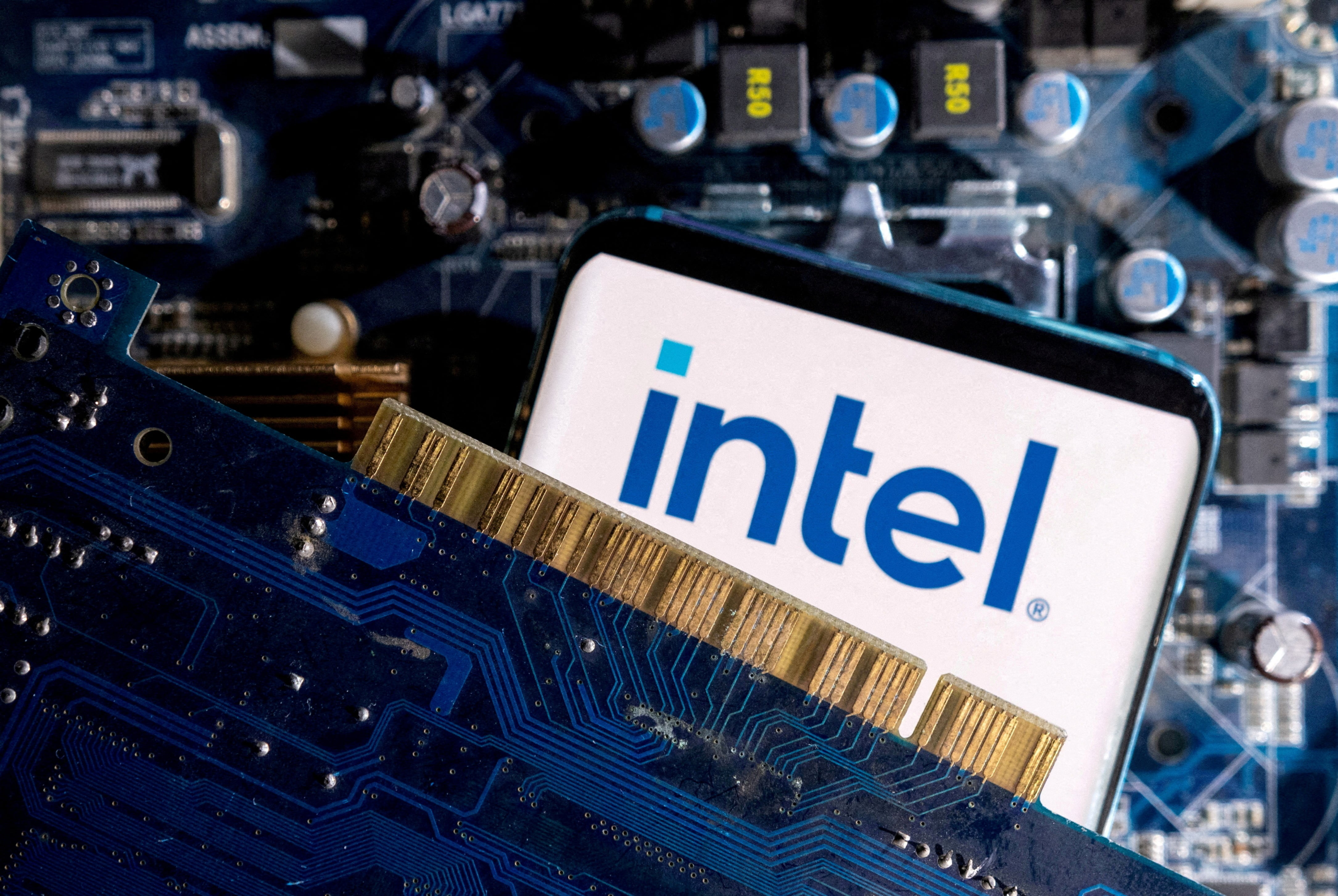NEW ATTACKS WEAKEN “SECURE ENCLAVE” DEFENSES FROM NVIDIA, AMD, AND INTEL

What researchers broke—and why it matters
Security researchers detailed fresh, low-cost physical attacks that pierce trusted-execution environments built into modern chips from Nvidia, AMD, and Intel. These secure enclaves—marketed to protect encryption keys and sensitive code even if an operating system is compromised—were bypassed using fault-injection and side-channel techniques that don’t require nation-state budgets. The proof-of-concepts sidestep assumptions that firmware signing and memory isolation are enough to block real-world tampering. For cloud tenants and AI shops that park models and secrets inside TEEs, the finding narrows the safety margin, especially where adversaries can gain short physical access or manipulate power and timing.

Risk contours and the mitigations that help
The research doesn’t spell “instant internet takeover,” but it complicates compliance and key-management playbooks. Mitigations include moving from single-enclave trust to layered controls: hardware security modules for master keys, attestation with continuous verification, and split secrets that never fully reside in one place. Operators should review tamper-evident designs, disable vulnerable debug pathways, and tighten supply-chain custody—because several attack paths start before servers ever reach a rack. The broader lesson: TEEs reduce risk but don’t eliminate it; defense-in-depth and robust incident response remain non-negotiable for workloads that handle money, identity, or proprietary AI weights.


















